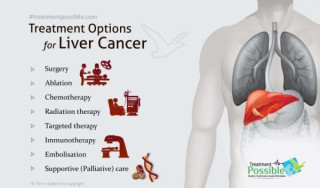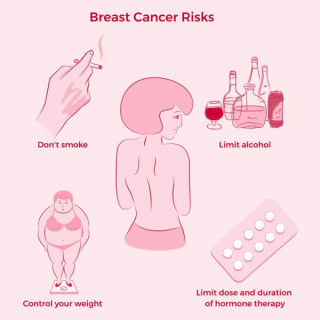Understanding the Link: Vinyl Chloride, updated at Nov 13, 2025 |
Unveiling the Link: Anabolic Steroids and Liver Cancer Riskupdated at Nov 30, 2024 1,284 1,284 Studies have shown a link between anabolic steroid use and an increased risk of liver cancer, |
Treatment for Liver Cancer? What should I ask?created at May 04, 2009 1,197 1,197 When discussing liver cancer treatment options with a healthcare professional, |
The Silent Threat: Arsenic and its Link to Liver Cancercreated at May 04, 2009 1,240 1,240 Arsenic, |
Exploring the Relationship Between Birth Control Pills and Liver Cancer Riskcreated at May 04, 2009 1,251 1,251 Studies have shown a slightly increased risk of developing liver cancer in women who use oral contraceptives, |
Understanding the Link: Cirrhosis and Liver Cancer Riskupdated at Nov 29, 2024 1,521 1,521 Cirrhosis, |
Aflatoxin: Unveiling the Hidden Threat to Liver Healthupdated at Nov 08, 2025 1,344 1,344 Aflatoxins are potent mycotoxins produced by certain Aspergillus fungi species, |
Unraveling the Connection: Viral Hepatitis and Liver Cancer Riskcreated at May 04, 2009 1,349 1,349 Chronic infection with hepatitis B (HBV) and hepatitis C (HCV) viruses are major risk factors for liver cancer, |
Demystifying Liver Cancer: Understanding the Basicscreated at May 04, 2009 1,269 1,269 Liver cancer, |
What are the Side Effects of Treatment for Colorectal Cancer?updated at Nov 08, 2025 1,405 1,405 Side effects from colorectal cancer treatment are highly variable, |
Unraveling the Enigma: Exploring the Causes of Brain Tumorscreated at May 03, 2009 1,424 1,424 The precise causes of brain tumors remain largely unknown, |
Understanding Your Risk: How Likely Are You to Get Breast Cancer?created at May 03, 2009 1,260 1,260 Your risk of developing breast cancer depends on many factors, |










